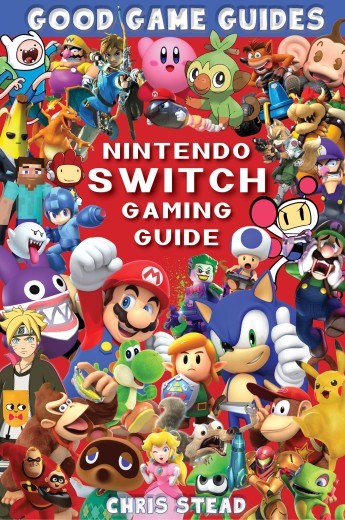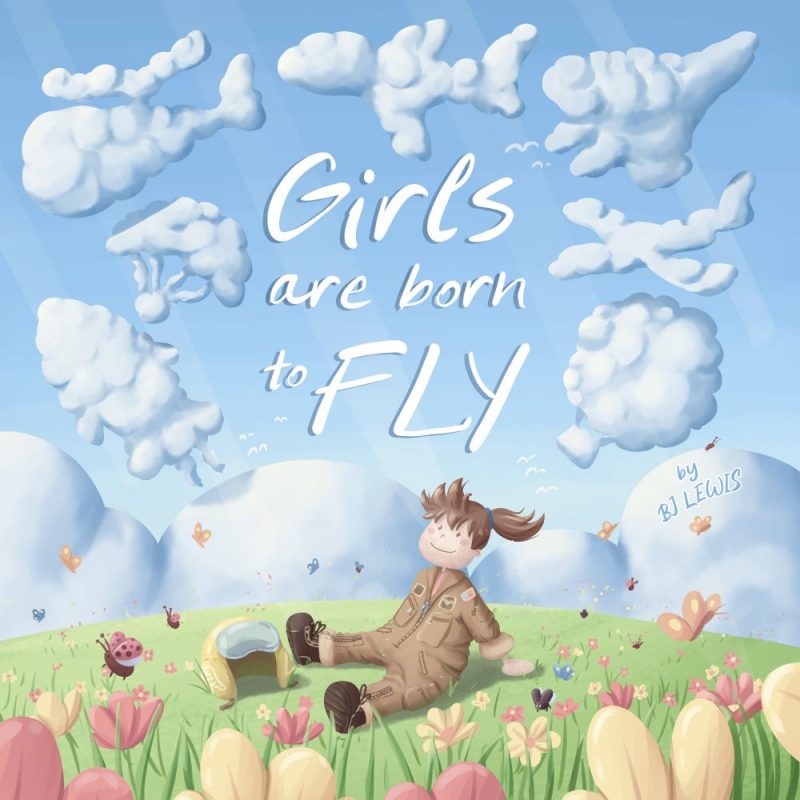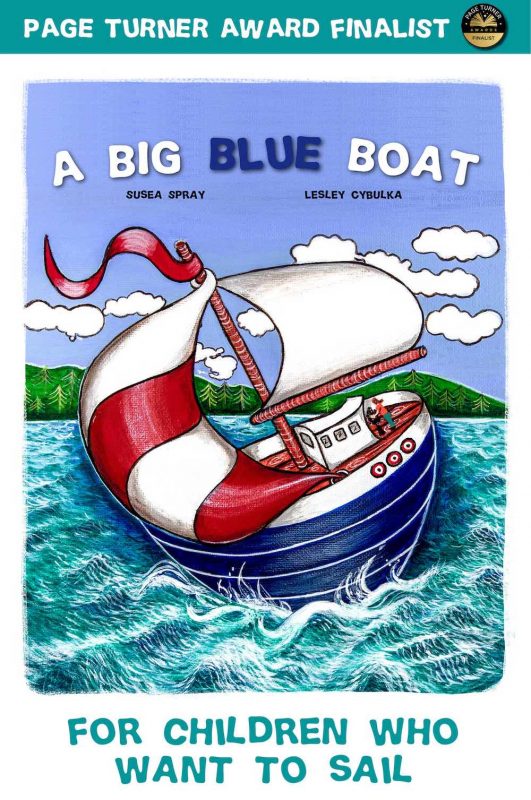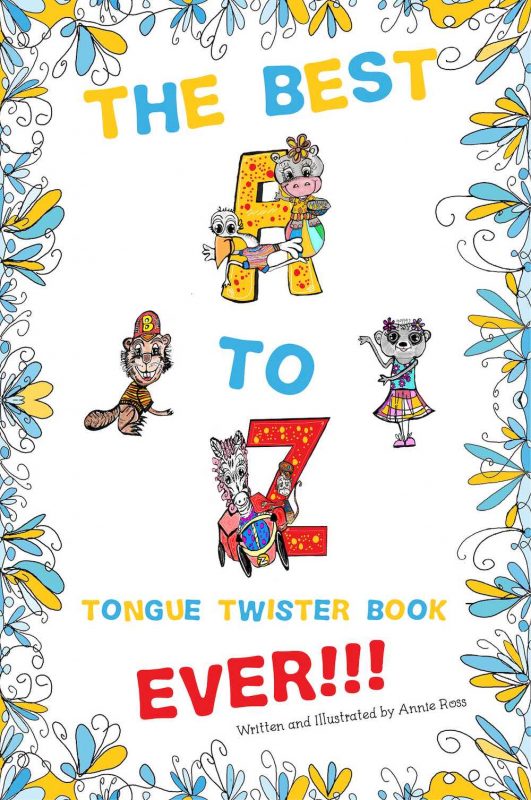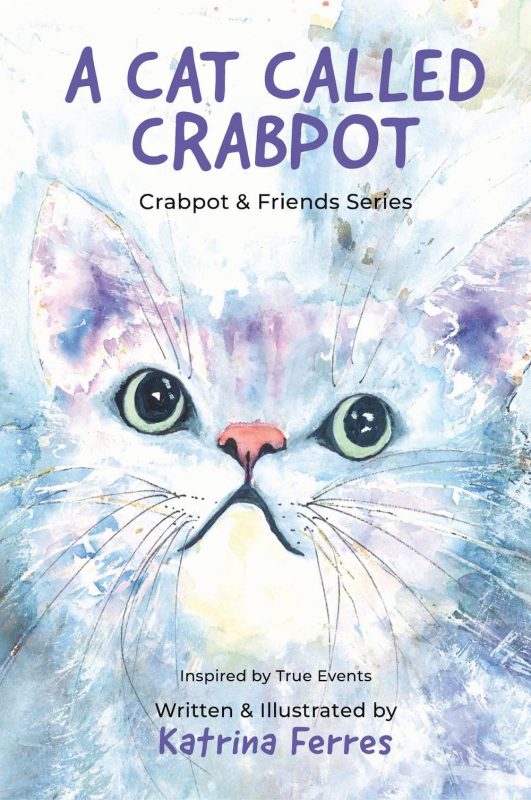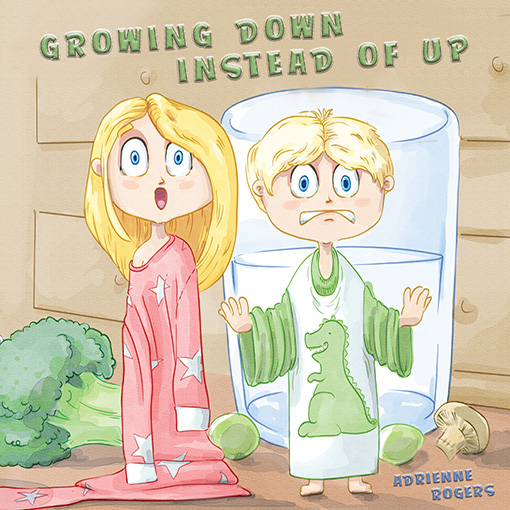If you're publishing a print book or digital book, it's important to know what DPI is and how it affects the artwork in your book.
Chris Stead explains what DPI is, what DPI is best for your book, and how to ensure your book's artwork turns out exactly how you want it in the finished product.
Watch the video or read the transcript below to learn all about DPI.
We also have a full guide covering DPI here
G'day, guys, I'm Chris Stead from Old Mate Media. And today I'm going to talk to you about DPI. What is DPI, dots per inch is what it stands for. And it's a term used to describe the resolution of the art used in print books and magazines, and so forth when we're printing. So, here's an example of a 300 DPI image. Now, 300 DPI is the threshold for the amount of dots per inch. So it's 300 dots of ink per inch of the canvas that we're working with, in this case an 8.5 by 8.5 inch canvas. Any lower than that is deemed to be low resolution, that's when you kind of get a blurry effect. So, Amazon, for example, when you're uploading your book to Amazon, if you've got an image under that's under 300 dpi, Amazon will not accept it. The image can be 600, or 700, or 1000 dpi, that doesn't matter. As long as it's over, that's fine, because they know the resolution is going to be okay. But underneath they don't let you do 298 dpi or 290 or anything lower, because at those DPI they can't be guaranteed the quality of the final product and then you're going to complain that your books got a big blurry thing, and it's not their fault. So that is why there's a 300 DPI limit. Now, when you're doing your art, and this is a lot of the common problems that we have is I'll explain why it's important to have 300 as a minimum, but preferably more. And it's because when we're designing the books, things change. So for example, if you supply this image here at 300 dpi, and then while I'm trying to lay out the book, it turns out that the character space is too much in the gutter, which is the middle bit of the bind here. So you can't quite see his face. And I want to expand the image. So if you can imagine grabbing the corners of the image and pulling it out, I can't if the image is 300 dpi. And the reason is, because when you grab the corners of an image and pull it out, the amount of dots don't change the amount of inches does. So you can imagine this pattern here, you can imagine, as you pull the corner out, it's going from 8.5 inches to 9.5 to 10.5 inches, but the art isn't getting any more dots in it. So therefore, the resolution is going from 300, and it's going down to 290 to 280 to 270. It's going underneath that threshold. When you shrink it, it's the reverse, if you're starting at 300 here, and you want to make an image smaller, and you pull it in and then you're having the reverse effect. So it's going to go up to 320, 350, that's fine, you can always make things smaller, you can't make things bigger. So that is a big reason why I like to have my art supply more than 300... 400, 500, 600. Doesn't really matter. It's just an export function when you're exporting the art, because that gives you the flexibility and design to be able to manipulate the images as required. The other thing to remember when you're talking about dots per inch is people forget that there's bleed. So whenever an image goes to the edge of the page like this, you have to extend it an extra 0.125 of an inch further about 5mm further about 38 pixels at 300 dpi further than the actual page. This is to count any movements of the plates. So when the plates are sitting in the printers and the printers, going whack, whack, whack, whack, whack, and printing them out, they can move a little bit like that. So if your image ends right at the end, like this, and then the page just shifts a little half mm or something, you're gonna get a white line on the edge of the page, again, it looks ugly and you're going to complain about it. So you have to provide your image further than that. So what happens is we get a lot of art where people go, oh, I need to supply the art of 300 dpi, but my image is going all the way to the edge. And they supply that at just 300. And then when I'm laying it out in the book, I've got to extend it past the edge of the page. Now, as we mentioned, if I grabbed the corner and try to increase the size of the image so that it can go 1.25 inches above, on the side and below, then it drops from 300 to 298 or 297. And Amazon won't accept it. The two ways to get around that, of course, are to just design your art at a bigger canvas and rather in this case is 8.5, design it at 8.625 by 8.625, therefore, your canvas is already including the bleed. And that way you can export at 300. But like I said, not best practice anyway. Best practices to definitely cater for the bleed in your design, because you don't want a bit of your art to be kind of off the side here, for example, I wouldn't want the edge of the bird's wing to be in the bleed. So you design this background effectively around the bit that's going to be chopped off. However, you also then would want to give it to me at 400 or 500 or 600 DPI because then I've got more flexibility in design. And that is how you should be supplying your art. So a quick little look there into what DPI is and how you should supply it when you're thinking about DPI and why Amazon doesn't allow you to do less than 300 dpi. Where things can get confusing is it there's also PPI which is pixels per inch and that's effectively the same as dots per inch, but the digital form and when you're working in digital books, that 300 rule doesn't apply you can actually have 150 PPI which is the same as DPI the same, exactly the same number, but if it's 150 dpi, you can get away with that in a digital book. In fact, book Kindle, compresses everything down to 150. Even if you don't minimize the file sizes. You can even get away with a bit less than that when you're working in websites you can get away with 90 or 72 but when it comes to print, has to be 300. There you go, little information from us here at Old Mate Media about DPI and what you need to know about it.
Read the full guide on DPI here
Where to next
We have a bunch of free indie author guides to help you on your self-publishing journey. You can find them all here. Let us know what other topics you would like us to cover by getting in contact with us at the bottom of this page. If you are looking to self-publish and have any questions, get in contact with us or book in for a free call to discuss your book.

